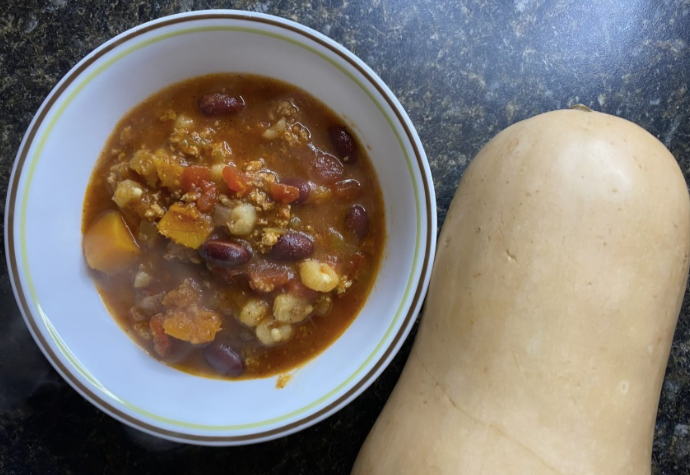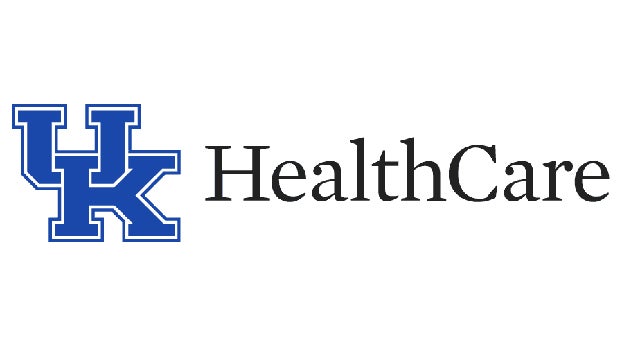Cooking for Heart Health
Published 2:00 pm Wednesday, February 28, 2024

- Butternut Squash and Turkey Chili
By Alethea Bruzek, Boyle County Extension
With February being American Heart Month, now is a great time to learn about ways to lower your risk of developing heart disease. One of the best ways to do this is by following a heart healthy diet.
The Dietary Approaches to Stop Hypertension (DASH) diet and the Mediterranean diet are widely accepted by scientists as being good for your heart. Both emphasize eating more whole grains, fruits, vegetables, legumes, seafood and lean meats, and fewer fatty foods and sweets.
These recommendations are consistent with the U.S. Department of Agriculture’s MyPlate. Both the DASH and Mediterranean diets also encourage followers to incorporate physical activity into their day. In addition to being heart healthy, both diets may help you lower your risks for developing type 2 diabetes and some cancers.
The Mediterranean diet has been named one of the best diets in the world on numerous occasions. It focuses on using food to develop the foundation for a healthy lifestyle, rather than following a strict diet. It gets its name from its origins in countries like Greece and Italy that border the Mediterranean Sea.
In addition to being a heart healthy diet, studies strongly suggest that individuals who follow the Mediterranean diet have lower levels of LDL “bad” cholesterol, lower blood pressure, weight loss or weight maintenance, improved eyesight, improved brain function, increased joint relief from rheumatoid arthritis and may live longer.
The DASH diet is designed to help people lower their blood pressure. In addition to consuming nutrient-dense foods, it focuses on lowering sodium intake and eating the correct portion sizes. By following the DASH diet, you may be able to lower your blood pressure by a few points within a couple of weeks. Long-term followers have been able to lower the top number of their blood pressure between eight and 14 points, which reduces their risk for heart disease. The diet is consistent with dietary recommendations for lowering your risks for osteoporosis, and stroke.
Check out this Butternut Squash Turkey Chili recipe. Packed with protein, this low fat recipe will make your stomach and your heart happy.
Butternut Squash and Turkey Chili
Servings: 10.
Serving Size: 1 cup.
Ingredients:
- 2 tablespoons olive oil
- 1 medium onion, chopped
- 4 cloves garlic, minced
- 1 pound ground turkey
- 1 pound (1 small) butternut squash — peeled, seeded, and cut into 1-inch cubes
- 1 cup low-sodium chicken broth
- 1 (4.5-ounce) can chopped green chilies
- 2 (14.5-ounce) cans petite diced tomatoes
- 1 (15-ounce) can no-salt-added kidney beans, drained and rinsed
- 1 (15.5-ounce) can white hominy, drained
- 1 (8-ounce) can tomato sauce
- 1 tablespoon chili powder
- 1 tablespoon ground cumin
- 1/2 teaspoon salt.
Directions:
Stovetop:
- Heat the olive oil in a large pot over medium heat.
- Stir in the onion and garlic; cook and stir for 3 minutes or until onion is translucent.
- Add ground turkey. Break into pieces and stir until cooked through and no longer pink.
- Add the butternut squash, chicken broth, green chilies, tomatoes, kidney beans, hominy, and tomato sauce.
- Season with chili powder, cumin, and salt.
- Bring to a simmer, reduce heat to medium-low, and cover.
- Simmer until the squash is tender, about 20 minutes.
Electric Pressure Cooker:
- Press sauté function.
- Add olive oil and onion; cook and stir for 3 minutes or until onion is translucent.
- Add garlic and cook for 30 more seconds.
- Add ground turkey. Break into pieces and stir until cooked through and no longer pink.
- Add the butternut squash, chicken broth, green chilies, tomatoes, kidney beans, hominy, and tomato sauce.
- Season with chili powder, cumin, and salt.
- Close the lid, and then turn venting knob to the sealing position.
- Pressure cook at High Pressure for 15 minutes, allow for a natural release.
- Open the lid carefully.
Source: Plate it up! Kentucky Proud Project.
For more information on ways to eat healthy, contact the Boyle County office of the University of Kentucky Cooperative Extension Service call 236-4484 or email a.price@uky.edu.





